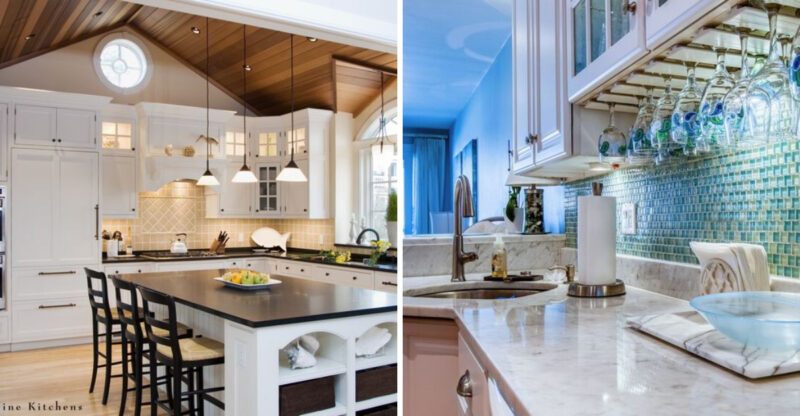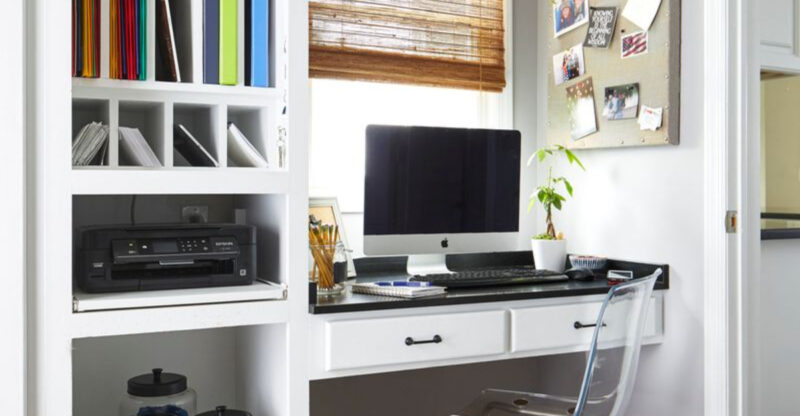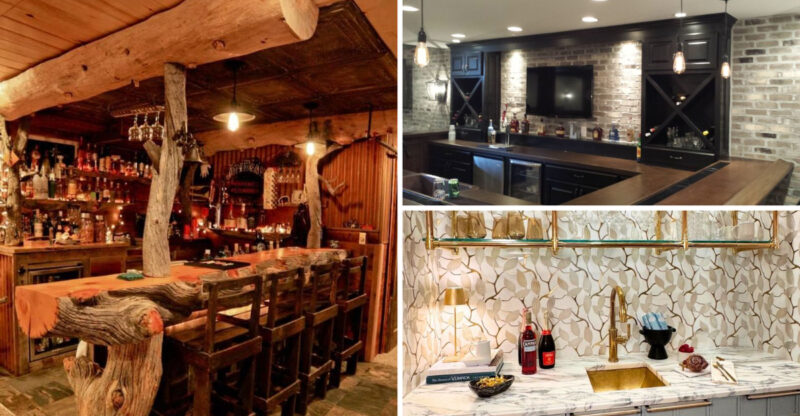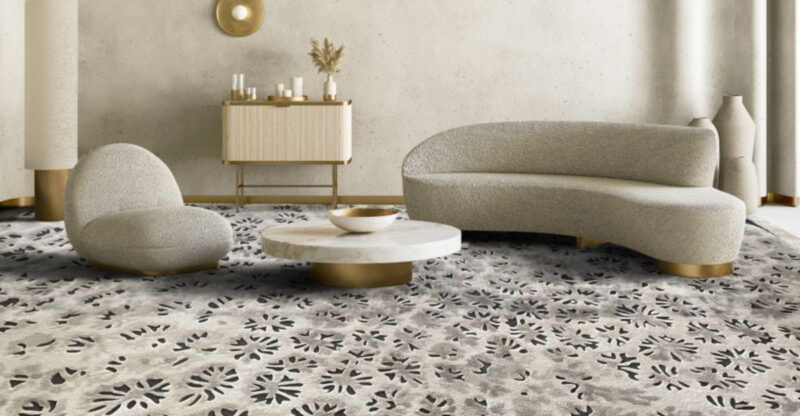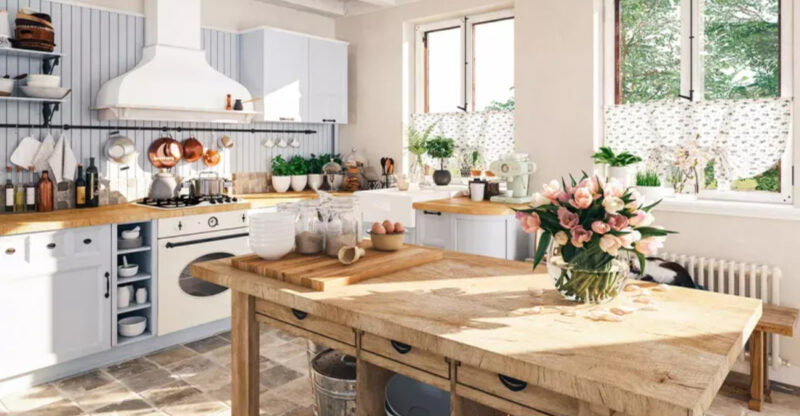15 Things In Your San Francisco Kitchen That Could Kill A Sale According To Designers
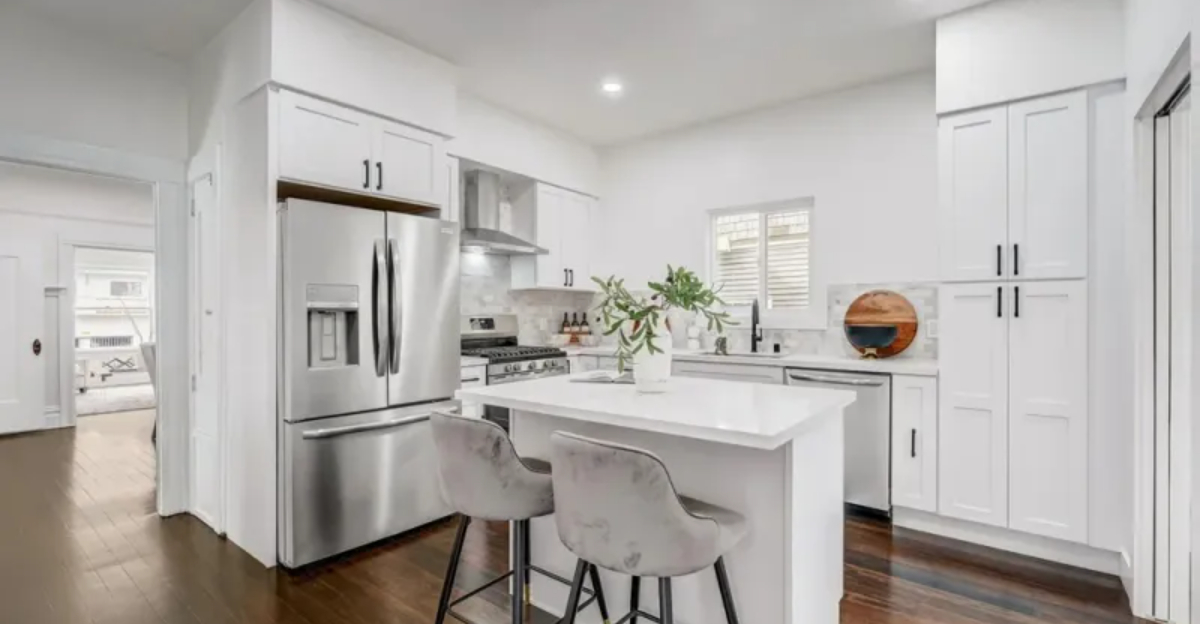
Selling your home in the competitive San Francisco real estate market requires attention to every detail, especially in the kitchen.
This high-traffic space can make or break a potential buyer’s interest faster than you might think. Local designers have identified specific kitchen features that send today’s home shoppers running for the hills.
Let’s look at what might be sabotaging your kitchen’s appeal and how to fix these common problems before listing your property.
1. Outdated Tile Countertops
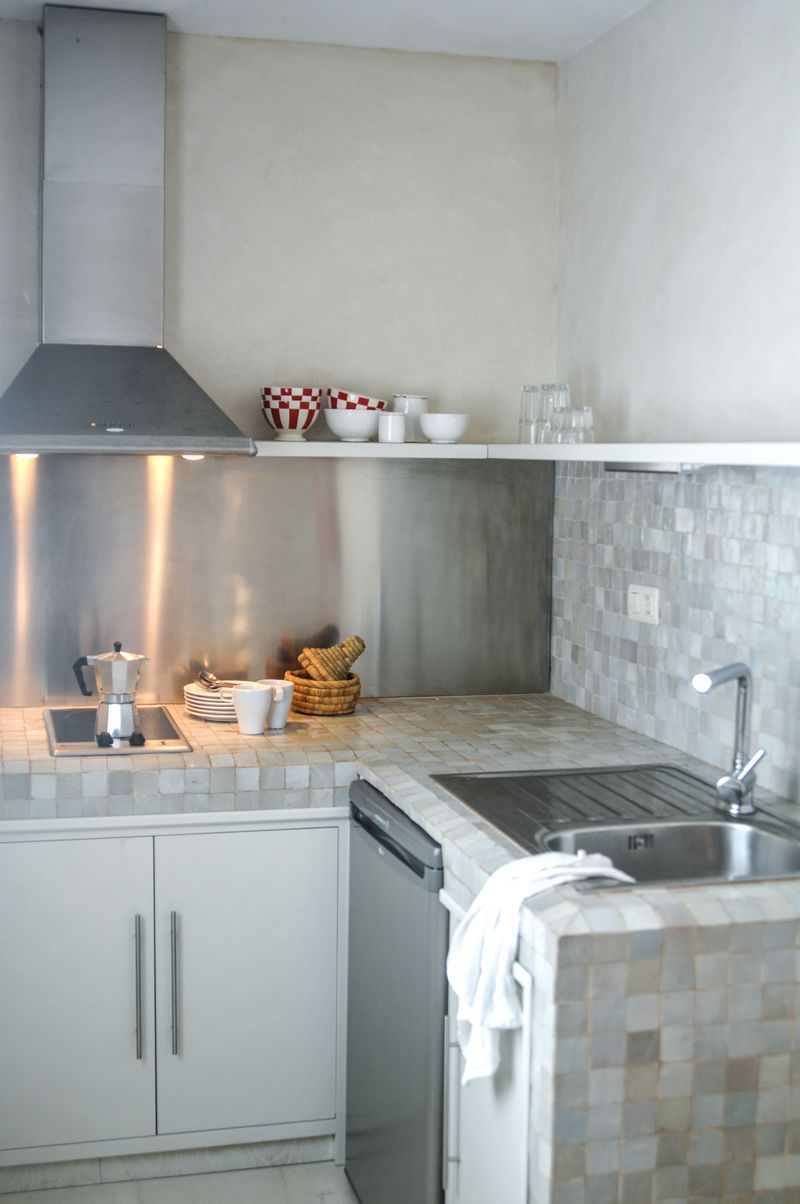
Nothing screams “1990s time capsule” like those square tile countertops with grimy grout lines running throughout your kitchen workspace. Modern San Francisco buyers typically cringe at these surfaces, immediately calculating the cost of replacement in their minds.
Granite was once the gold standard, but quartz and marble have taken center stage in today’s upscale Bay Area kitchens. If your budget allows, consider replacing tile with a sleek, continuous surface that appeals to contemporary tastes.
Even a budget-friendly butcher block or concrete option would outshine tired tile. Remember that countertops occupy significant visual space in your kitchen, making them a worthwhile investment before listing your home.
2. Mismatched Appliances
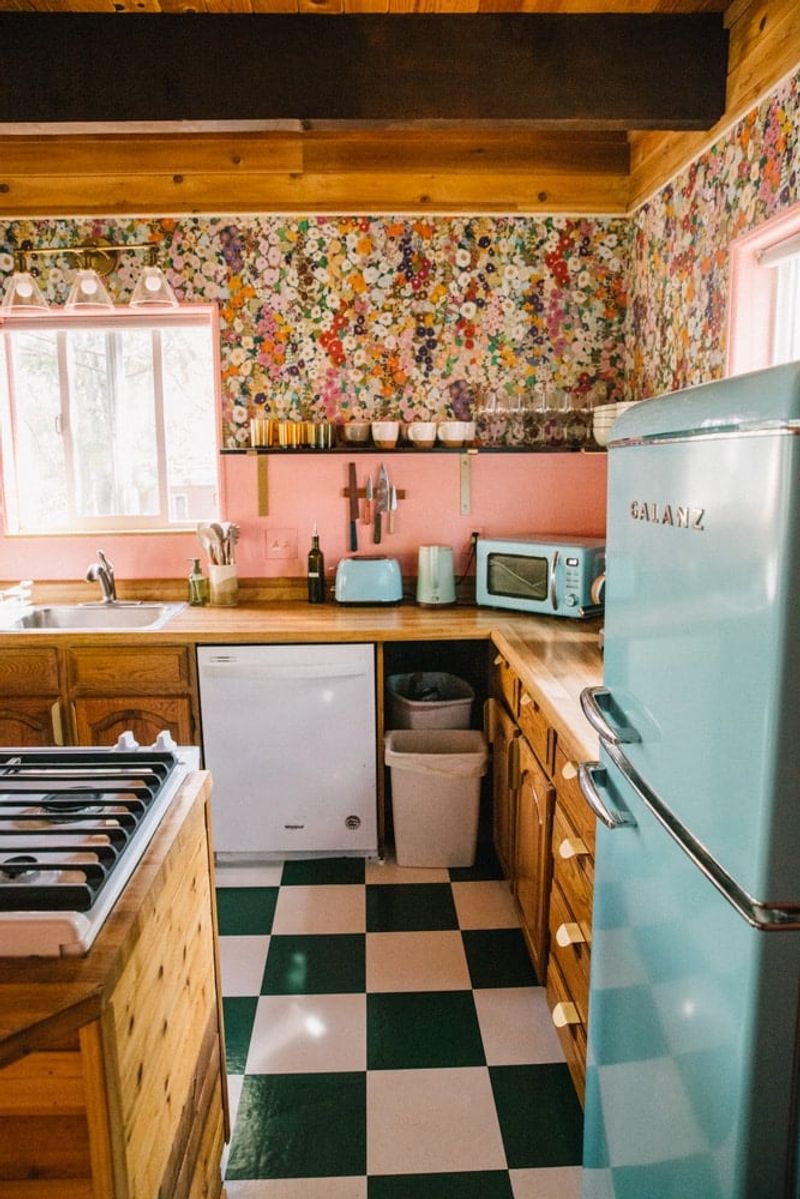
Walking into a kitchen where the refrigerator is stainless steel, the oven is black, and the dishwasher is white creates an immediate impression of disharmony. San Francisco home buyers tend to view this mix-and-match approach as a sign of piecemeal updates rather than thoughtful design.
Matching appliances signal cohesiveness and attention to detail. If replacing everything isn’t feasible, focus on the most visible appliances first. Many manufacturers now offer affordable panel kits that can update the appearance of existing appliances.
Another budget-friendly option is appliance paint or specialty films designed specifically for kitchen renovations. This small investment can transform the perceived value of your entire kitchen space.
3. Popcorn Ceilings
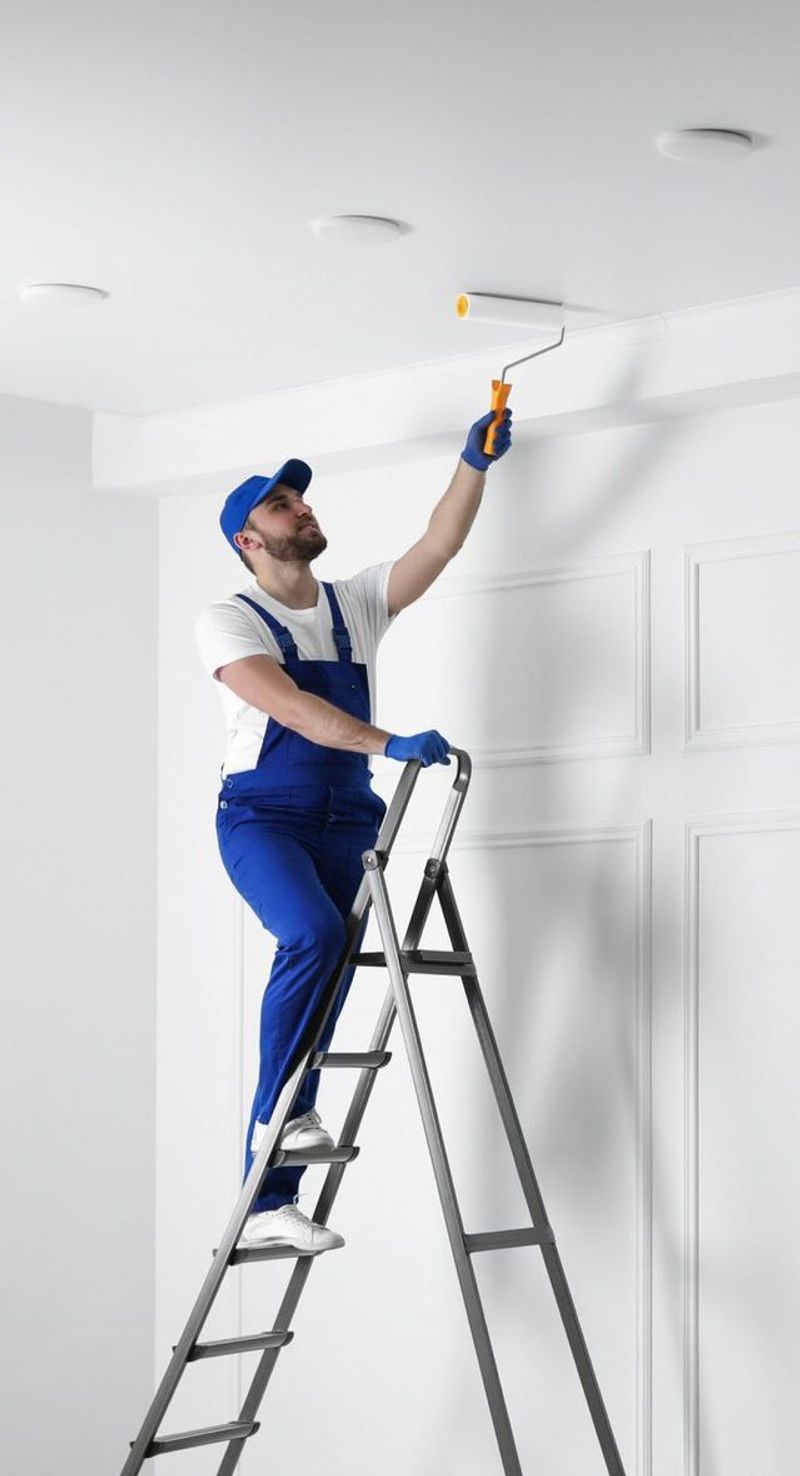
Yes, they still lurk in some San Francisco kitchens, especially in buildings from the 1960s and 70s. These textured ceilings aren’t just dated they’re practically radioactive to modern buyers who associate them with potential asbestos and impossible-to-clean surfaces that harbor grease and cooking residue.
Removing popcorn texture in a kitchen makes the space feel instantly cleaner and more contemporary. While professional removal is recommended for pre-1980s homes due to asbestos concerns, the transformation dramatically increases perceived ceiling height and overall kitchen appeal.
If you’re on a tight budget, consider installing ceiling panels or beadboard over the existing texture as an alternative solution that achieves a similar fresh, updated look.
4. Fluorescent Lighting
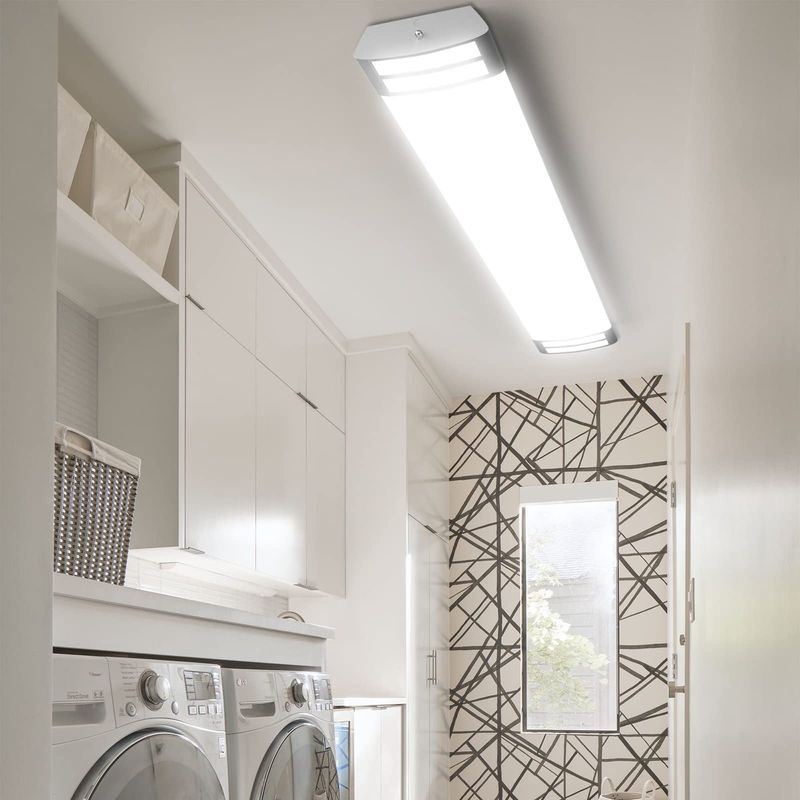
Those humming, flickering fluorescent light boxes might be illuminating your kitchen, but they’re casting a sickly glow that makes even the freshest food look unappetizing. Harsh overhead fluorescents create unflattering shadows and give San Francisco kitchens an institutional, outdated vibe that buyers immediately notice.
Modern LED recessed lighting or stylish pendant fixtures instantly transform the mood and functionality of your cooking space. The warm, even illumination they provide makes your kitchen feel more inviting and contemporary.
If your budget is tight, even swapping fluorescent tubes for LED replacements within existing fixtures can improve the quality of light. Proper lighting is crucial in San Francisco’s often foggy climate, where natural light may be limited during significant parts of the day.
5. Overly Themed Décor
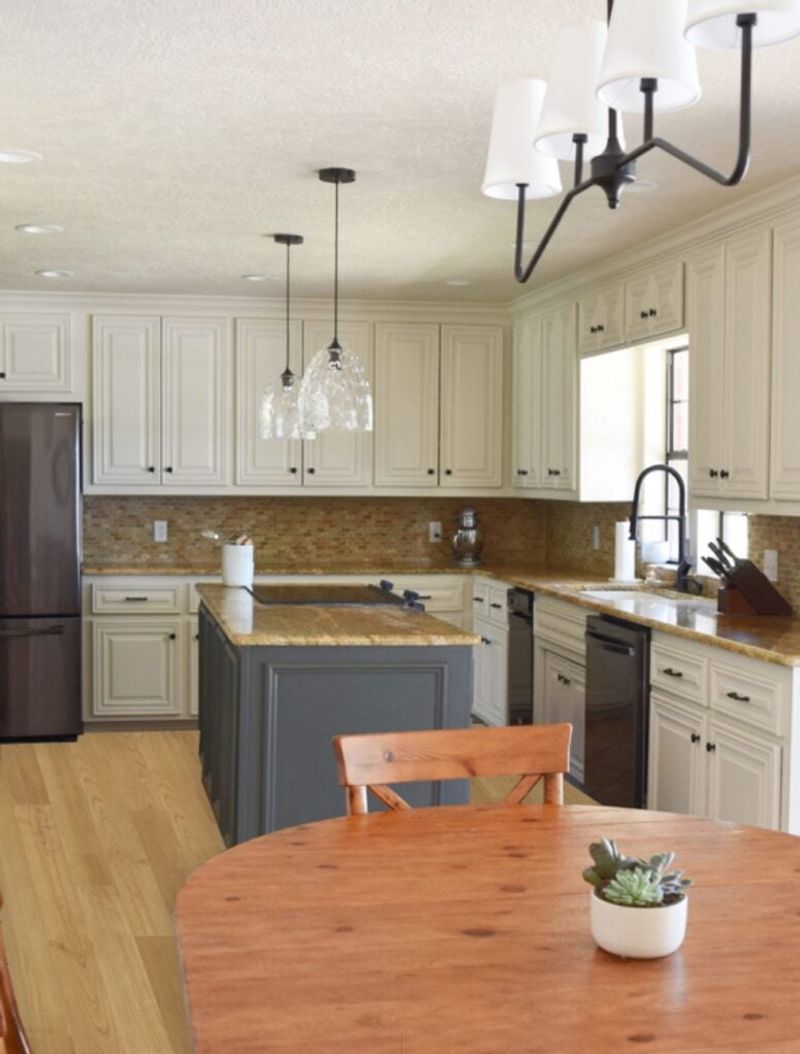
That Tuscan vineyard or nautical theme might have been your passion project, but themed kitchens make it difficult for buyers to envision their own style in the space. Grape vine borders, lighthouse accessories, or rooster collections can make San Francisco buyers feel like they’re walking into someone else’s personality rather than a functional kitchen.
Neutralizing your kitchen doesn’t mean making it boring. Remove theme-specific items and repaint walls in contemporary neutral tones that complement your home’s architecture. Focus on highlighting the kitchen’s bones rather than its decorative elements.
If you want to maintain some character, incorporate subtle nods to San Francisco’s local culture or natural elements that feel authentic to the Bay Area. This approach feels fresh rather than forced while still offering charm.
6. Peeling Laminate Cabinets
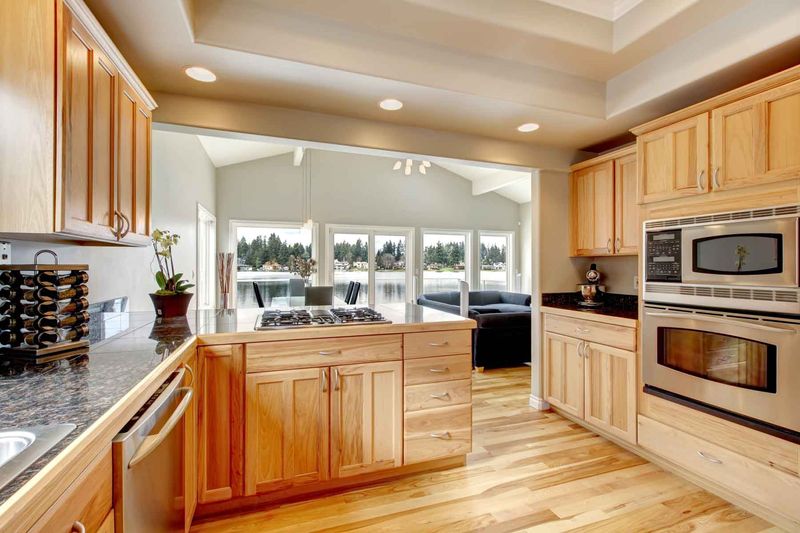
Bubbling, peeling cabinet surfaces signal neglect and water damage to potential buyers. In San Francisco’s humid microclimate, laminate cabinets often show wear faster than in drier regions, making this issue particularly common in local kitchens.
Cabinet refacing offers a middle-ground solution between full replacement and simple painting. New doors and drawer fronts with matching veneer for exposed surfaces can deliver a completely refreshed look at roughly half the cost of new cabinetry.
For cabinets with minor peeling, carefully removing the damaged sections and applying heat-resistant cabinet paint can work wonders. Buyers in San Francisco’s competitive market respond positively to crisp, clean cabinet surfaces that don’t hint at underlying moisture issues or deferred maintenance.
7. Cluttered Open Shelving
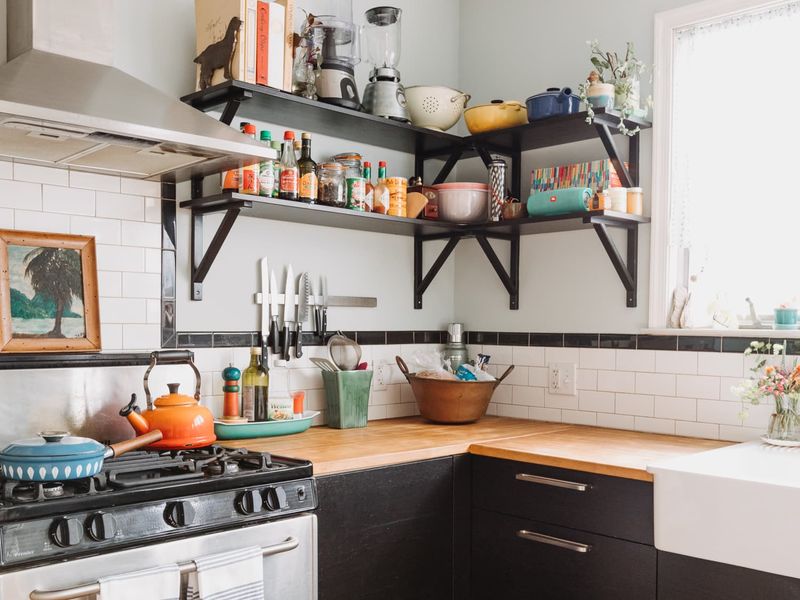
Open shelving might be trendy, but overcrowded shelves crammed with mismatched dishes, random appliances, and food packages scream disorganization to San Francisco buyers. Many local homes feature limited storage, making smart organization especially important in compact urban kitchens.
When styling open shelves for selling, embrace minimalism. Display only a few carefully chosen items with breathing room between them. Group similar items by color or function, and ensure everything looks intentionally placed rather than hastily stashed.
If your shelves contain necessities you use daily, consider temporarily boxing up excess items during showings. Remember that buyers are purchasing the potential of your space, and cluttered shelves make kitchens feel smaller and less functional than they actually are.
8. Loud or Dark Wall Colors
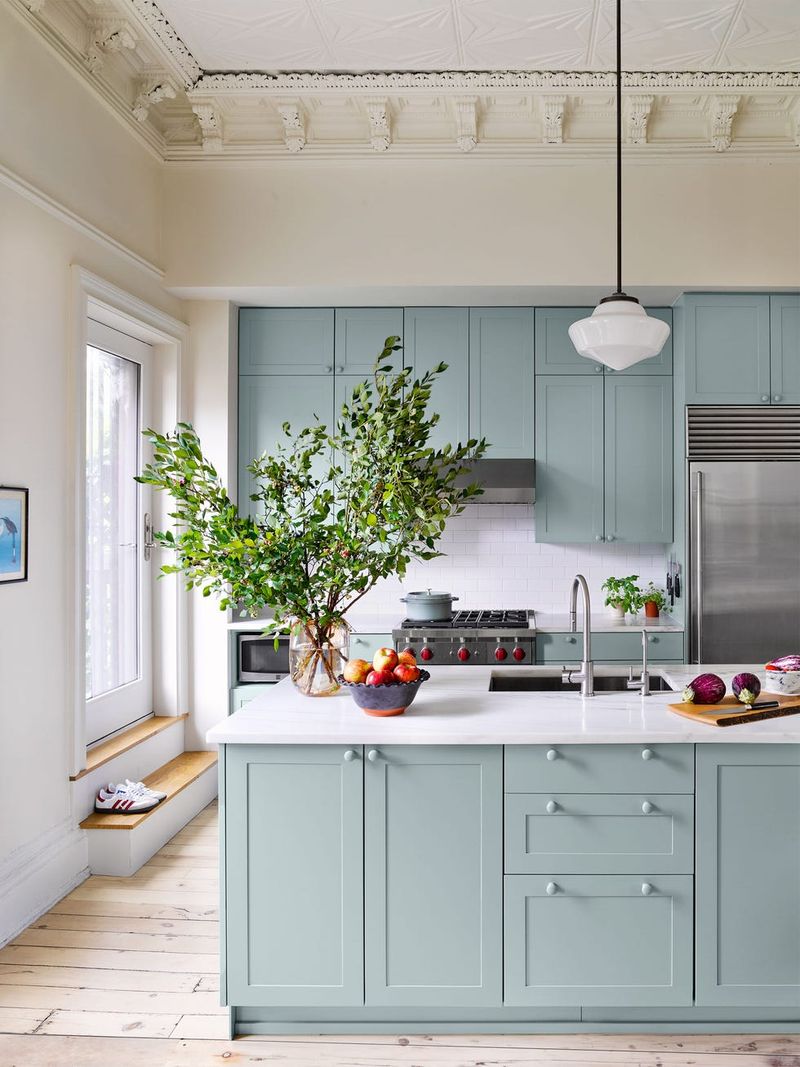
Bold red walls or dark navy might have felt cozy when you painted them, but dramatic kitchen colors can make San Francisco’s often smaller kitchens feel cave-like and dated. Dark colors absorb light rather than reflect it—problematic in a city known for fog and limited natural light.
Light neutrals like soft whites, pale grays, and gentle beiges make spaces feel larger and brighter. They also provide a clean backdrop that highlights architectural features and allows buyers to mentally place their own belongings in the space.
If you worry about a completely neutral kitchen feeling too sterile, introduce color through easily removable elements like dish towels or a bowl of fresh fruit. This approach lets the kitchen’s permanent features shine while still offering visual warmth.
9. Cheap Vinyl Flooring
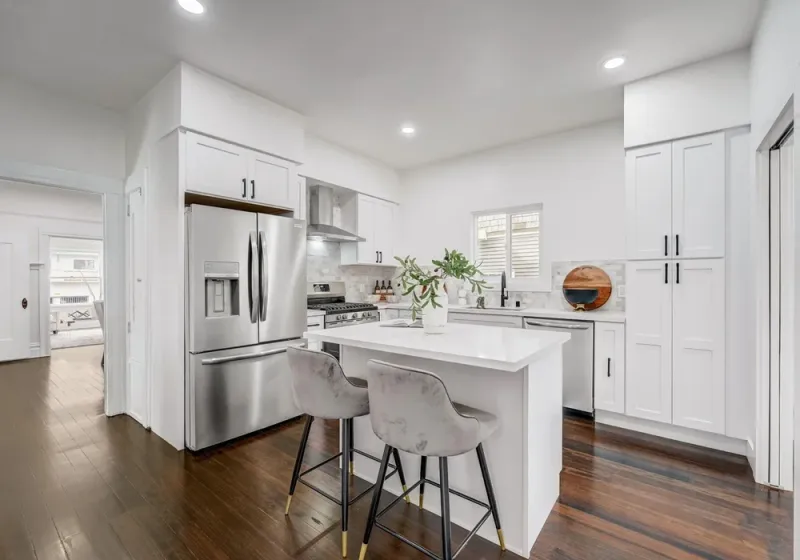
Curling edges, visible seams, and faded patterns on vinyl flooring immediately signal to San Francisco buyers that they’ll need to budget for replacements. In a market where buyers expect quality finishes, this dated flooring material can significantly diminish perceived value.
Luxury vinyl plank (LVP) has revolutionized affordable flooring options, offering remarkable wood-look finishes at fraction of hardwood’s cost. For higher-end properties, engineered hardwood provides the warmth of real wood with greater stability in San Francisco’s variable climate.
If replacement isn’t possible, ensure existing flooring is impeccably clean with all edges properly secured. Sometimes professional cleaning and minor repairs can dramatically improve appearance until the new owners can make their own selections.
10. Lack of Ventilation
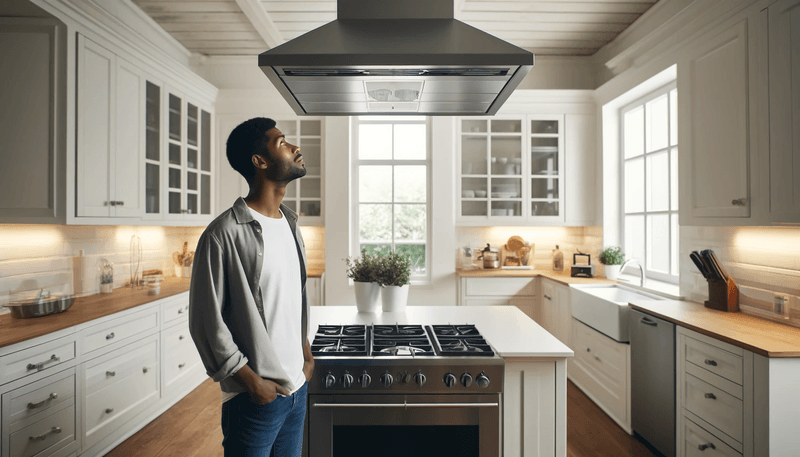
Missing range hoods or non-functional ventilation fans are major red flags in San Francisco’s older housing stock. Buyers immediately recognize that poor ventilation leads to grease buildup, lingering cooking odors, and potential moisture issues in a climate already prone to dampness.
Modern, efficient range hoods not only remove cooking byproducts but also serve as design features that can elevate your kitchen’s appearance. Even in historic homes where external venting might be challenging, recirculating models offer significant improvements over no ventilation at all.
If installing proper ventilation isn’t feasible before selling, ensure windows are fully operational and consider adding a portable air purifier during showings. These temporary measures signal to buyers that you’ve acknowledged ventilation needs even if permanent solutions await their input.
11. Broken or Loose Hardware
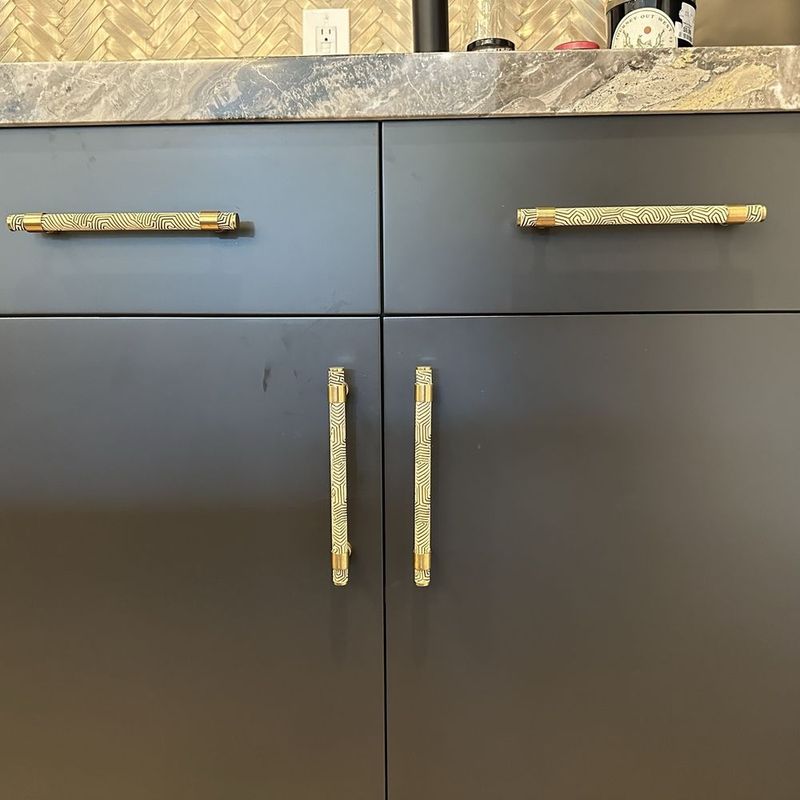
Wobbly drawer pulls, mismatched knobs, or cabinet doors that don’t close properly create an immediate impression of neglect. These small details speak volumes to San Francisco buyers about overall home maintenance.
Replacing all kitchen hardware is one of the most affordable upgrades with significant visual impact. Choose contemporary styles in finishes that complement your appliances and fixtures. Ensure every drawer and door operates smoothly, as buyers often test these functions during viewings.
Hardware selection offers an opportunity to add personality while maintaining broad appeal. Brushed nickel and matte black remain popular choices in San Francisco’s diverse architectural landscape, working well with everything from Victorians to modern condos while signaling updated taste.
12. Over-personalized Backsplashes

That custom mosaic depicting your favorite San Francisco landmark might hold special meaning for you, but highly personalized backsplashes limit buyer appeal. Distinctive tile work often becomes a polarizing feature that potential buyers mentally add to their renovation list.
If your backsplash features unusual colors, busy patterns, or custom designs, consider replacing it with something more universally appealing. Simple subway tiles, neutral stone, or even peel-and-stick options can dramatically update your kitchen’s look without major construction.
For sellers on tight budgets, some decorative tiles can be carefully removed and replaced with matching simple tiles, neutralizing the most distinctive elements while maintaining the backsplash’s functional purpose. Remember that buyers want to envision their own style, not be reminded of yours.
13. Oversized Kitchen Islands
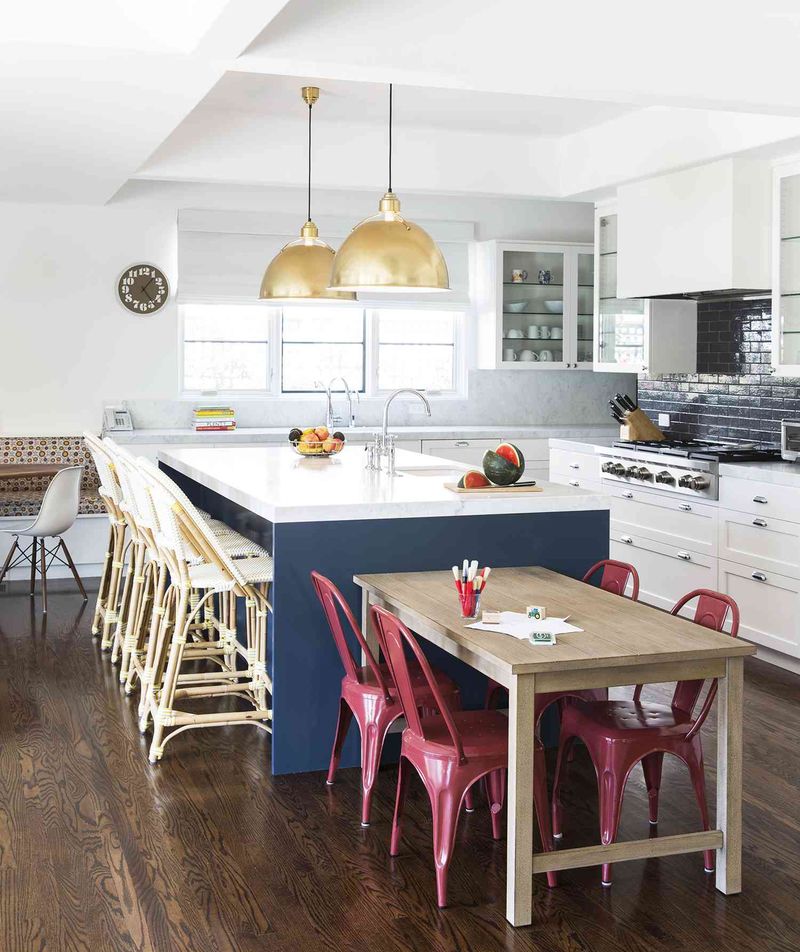
While kitchen islands are desirable features, disproportionately large ones can overwhelm San Francisco’s typically modest kitchen footprints. Islands that leave narrow pathways or dominate the floor plan make kitchens feel cramped rather than spacious.
If your island is too large for your kitchen, consider replacing it with a more appropriately sized version that allows for comfortable circulation. In some cases, a portable island or peninsula configuration might better suit the space while still providing additional work surface and storage.
When sizing isn’t the issue but appearance is, refinishing or repainting an island in a complementary color can transform it from eyesore to accent piece. Islands should enhance functionality without sacrificing flow—particularly important in San Francisco’s space-conscious real estate market.
14. Visible Water Damage
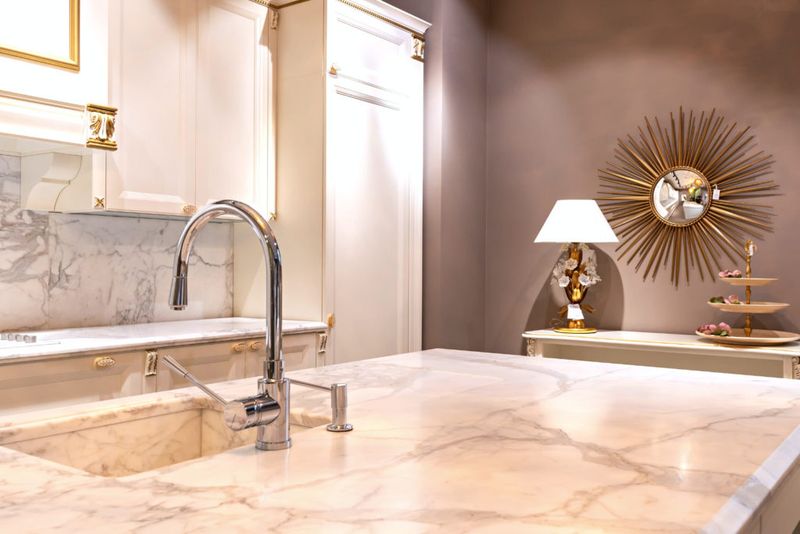
Water stains on ceilings or under sinks trigger immediate alarm bells for San Francisco buyers. These telltale signs suggest possible hidden problems like mold, rot, or plumbing issues that could require extensive repairs.
Address the root cause of any water damage before listing your home. Simply painting over stains won’t fool experienced buyers or their inspectors. Once repairs are complete, ensure all affected areas are properly restored with matching paint and finishes.
If you’ve addressed past water issues, consider providing documentation of the repairs during showings. Transparency about resolved problems often reassures buyers more than attempting to hide previous damage. In San Francisco’s older housing stock, buyers understand that water issues may have occurred, but they want confidence that they’ve been properly addressed.
15. Poorly Placed Electrical Outlets

Insufficient or awkwardly positioned outlets frustrate San Francisco buyers who envision using multiple modern appliances. Older homes often feature outlets in inconvenient locations or lack adequate capacity for today’s kitchen technology demands.
Adding outlets during a pre-sale kitchen refresh doesn’t require major renovation. Focus on creating convenient locations along backsplashes and islands where people naturally use devices. USB-equipped outlets are particularly appealing to tech-savvy Bay Area buyers.
If adding outlets isn’t feasible, ensure existing ones are updated to GFCI protection in wet areas as required by code. Even small electrical updates signal to buyers that the home’s systems have been maintained with modern needs in mind. This attention to detail is particularly valued in San Francisco’s aging housing inventory where electrical updates are often needed.


